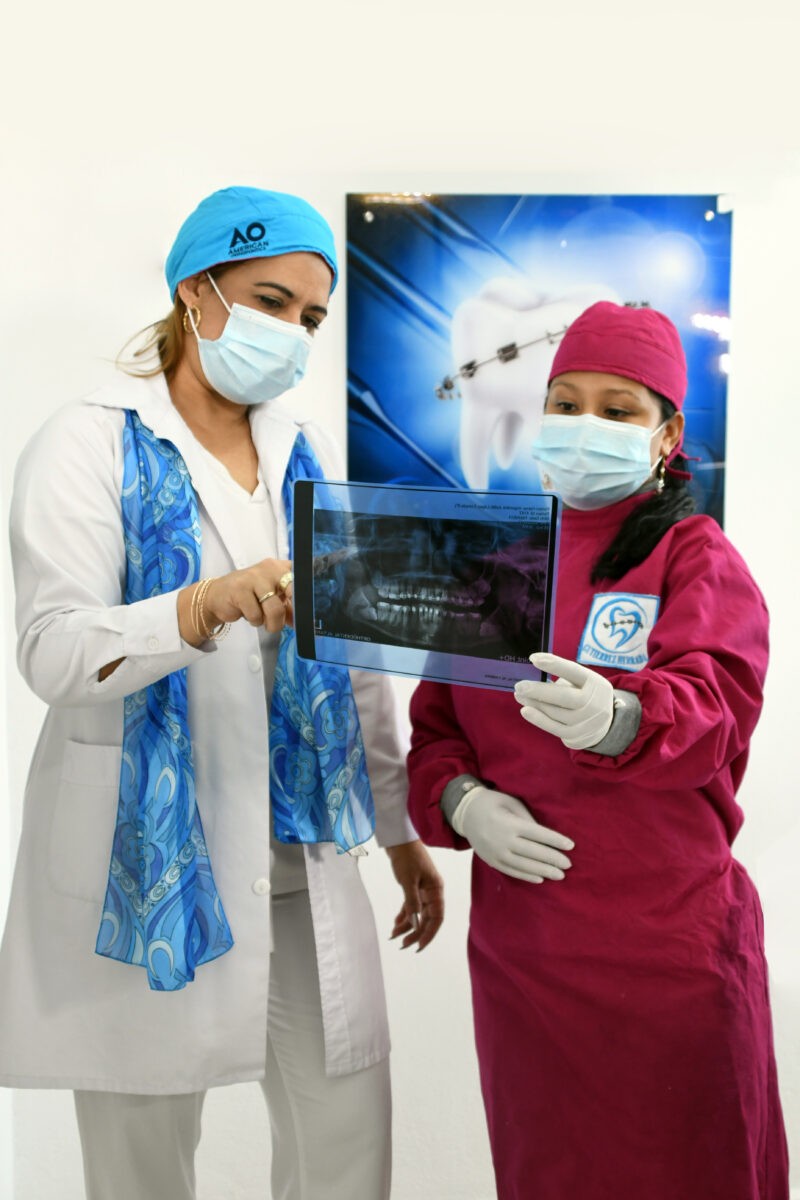
Dental implants are a safe and long-lasting solution to the loss of one or more teeth. Nowadays, implants are made of pure titanium and act as a substitute for the tooth root. Once the implants are integrated with the bone, they will support the new prostheses or crowns attached to them, giving the appearance of a natural tooth.
Why should we have an implant?
- Aesthetics: they are the most aesthetic solution to replace tooth loss. It will improve your appearance and you will look more rejuvenated, since the absence of teeth causes bone loss, with the consequent facial aging.
- Safety: implant treatments have higher success rates than any other dental restoration technique. It is a very conservative treatment, since it keeps the rest of the teeth in the mouth intact. In addition, implants facilitate the correct adaptation of the teeth in the mouth using a highly biocompatible material, pure titanium.
- Quality of life: they incorporate stability and a sensation identical to that of natural teeth. You will be able to smile, eat, speak without worry, without conditions, or discomfort, and have a lot of confidence, since the prosthesis does not move.
- Health: not replacing the missing tooth leads to side effects such as the progressive inclination of the adjacent teeth and the extrusion of the antagonist (tooth that falls out), which complicates the possible placement of the implant in the future, as well as chewing and hygiene
How are dental implants placed?
Implant treatment consists of the following phases:
- Implant placement: after the consultation and diagnostic tests of the implantologist or maxillofacial surgeon, the implants will be placed in the maxilla or mandible in their position, with local anesthesia. A temporary prosthesis will also be placed. The postoperative period will last about 24 hours.
- Fixation: it is important that the implant is firmly attached to the bone, in order to support the prosthesis and meet the necessary functional and aesthetic requirements, as if it were a natural tooth. For this reason, we must allow a few months for the implant to settle.
- Placement of the prosthesis: once the specialist confirms that the implant has integrated into the bone, the final prosthesis (visible external part of the tooth) will be placed. This will be cemented or screwed to the implant.
